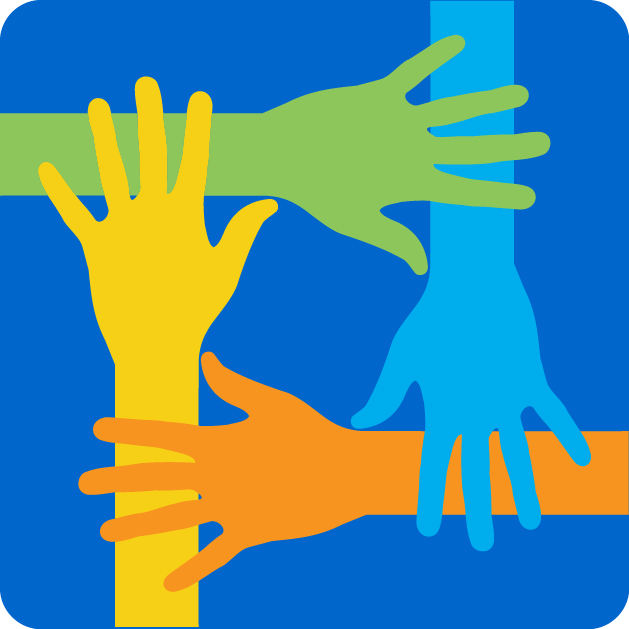Teacher: Resources
Recent local and national events have heightened awareness of racial tensions in our society. While we need to teach our students the issues and realities associated with race, we must be incorporate cultural relevance and protect our students from experiencing racial trauma. The resources here will help build a collaboration of community stakeholders in the effort to reduce disproportionality and disparities.
Resources
Lesson Plans
For many educators, teaching about religion is a daunting task. Resources in this section help support and guide efforts across our district to
embrace all religions and guard against promotion or celebrating one religion over another.
Resources
According to a recent Human Rights Campaign survey, LGBT students report being harassed at school – both directly and indirectly – at twice the rate of non-LGBT youth. With heightened stressors like bullying, harassment and a lack of role models, LGBT students are also more likely to experience negative educational outcomes. These best practices were compiled to give school leaders the knowledge they need to create a learning environment in which their most vulnerable students feel safe and valued.
Lesson Plans
In an age of equality of the sexes, what role does or should gender play in the learning environment? Apart from the injustice inherent in all gender stereotyping, gender differences in education can also negatively affect economic growth and social inclusion. For example, women remain a minority in the fields of math, science and technology, while evidence shows that boys are more likely to be amongst the poorest performers in reading. The resources will help our community understand the gender differences in education and their impact on educational policies, strategies, and outcomes.
Resources
In this section resources can be found to support how social class shapes our learning outcomes and attitudes about difference. The materials
provide resources that consider and evaluate the influence of income, health, safety and other issues that can influence gaps affecting students as
they proceed through school.
Resources
Help Get the Conversation Started:
Additional Resources
As a teacher, initiating conversations around difficult subject matter can be a daunting task. The following resources are great places to start aconversation or supplement your curriculum to initiate thoughtful dialogue. The links and resources below are a suggested place to start before
diving into more specific subject matter.
- Advocacy 101:
An Unfamiliar Genre for Teachers
School Climate Questionaire:This one page document allows teachers or students to take stock of the current climate of tolerance of their school. This can serve as a jumping off point for conversations and then action.
Speak Up at School:This packet provides guidance on addressing prejudice, stereotypes, and bias within your school.
- Teaching Tolerance’s “Perspectives for a Diverse America”is a free literacy based curriculum that marries anti-bias social justice content with rigorous standards for student performance tasks. This resource is a great starting point for initiating critical conversations about identity, diversity, and social justice while putting a variety of unique text in the hands of students.
Everyday Democracyprovides students and teachers a place to learn more about changing current events and how individuals can impact their community in a peaceful and democratic way.

-
A key to positive social change lies in our ability to understand our own identity, the ways in which we are all differ and the ways in which we are all fundamentally the same. Grasping these concepts gives greater insight into how we can work together for a common good. Using these resources provide students with a broad perspective on diversity to mold empathetic leaders of the future.

-
Empower your community to Take Action for social change! After educating students about understanding their own identity, as well as the identity and experiences of others, they will be ready to actively participate in social change. Employ these resources to consider the challenges facing their community, to help them assess their community’s assets, to formulate a plan to achieve their goals and to put the plan in motion.
